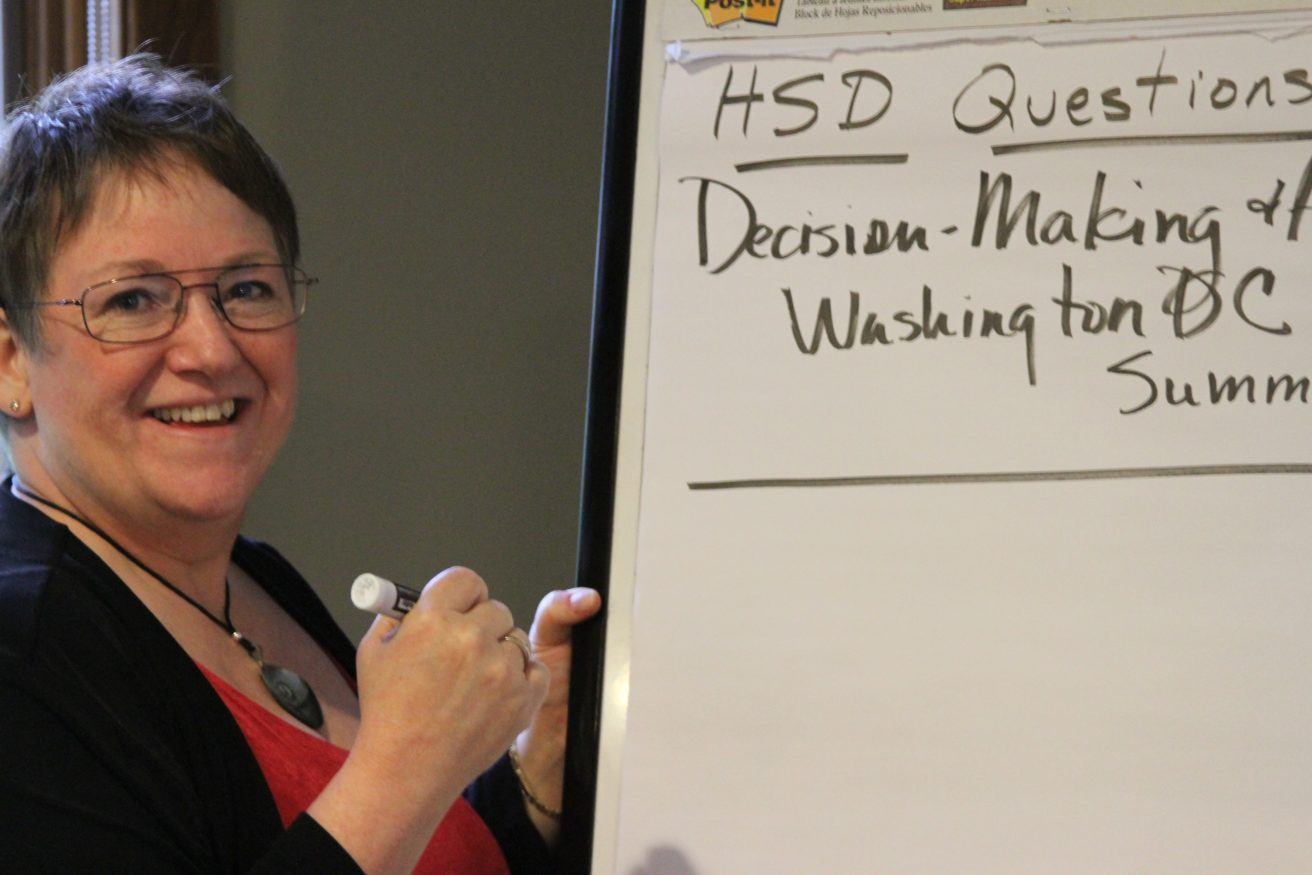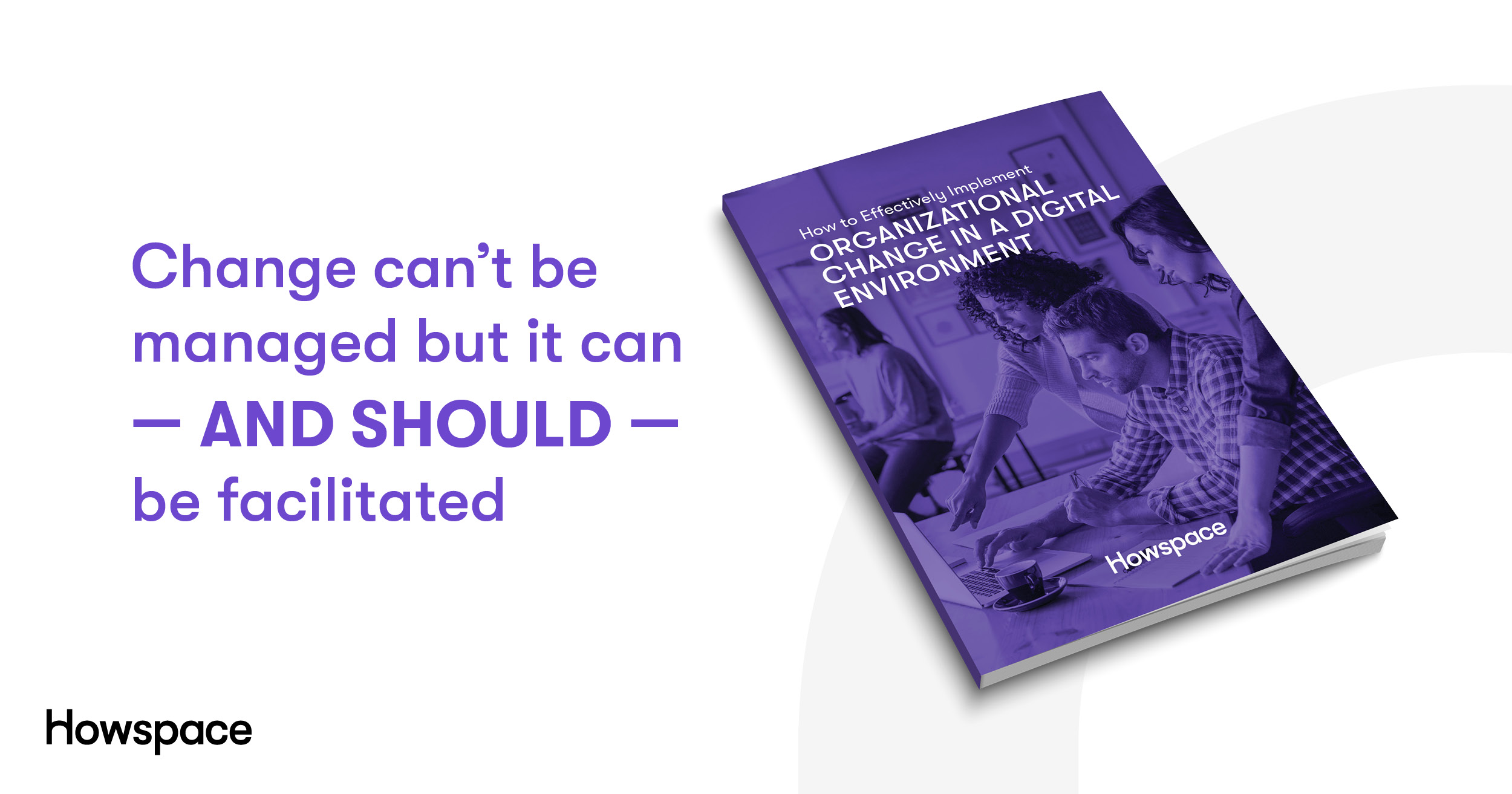
How to make organizational change stick?
“Nobody changes in isolation,” says Glenda Eoyang, Founding Executive Director of the Human Systems Dynamics Institute. “Rather than being about what needs to be done, changes are about what we can do together.”
Effective organizational change requires interaction on every level
Glenda Eoyang is a pioneer in the field of human systems dynamics. She helps public and private organizations navigate change and uncertainty and is currently working with a healthcare organization with around 120,000 employees.
She compares sustainable changes in large organizations to acupuncture.
“The larger and more complex the organization is, the simpler and more precisely targeted the change needs to be. Change begins with a concise, powerful message that conveys the intended change as clearly as possible. This message is carried across the organization through interactions between people.”
Traditionally, change processes are designed by a small group of people within the organization, or by external consultants, and then rolled out. Eoyang considers this approach ineffective. Instead, she uses an approach that divides changes into three stages: dialogue, action and effect.
This approach sees every interaction as a change process. In other words, an effective change is manifested in each interaction on every level—between supervisors and employees, among colleagues, and between employees and clients or partners.
“This is not easy or smooth at the beginning, but these interactions help people live into the change over time, one engagement at a time. Change is about what we can do together in dialogue. If you ask an employee a real question and follow that up with real response and action, they cannot help but be changed.”
An ecosystem of organizational change
To be sustainable and not evaporate soon after their implementation, changes need to be practical and meaningful for employees. This means that each employee should be reached; in a large organization, this can be complicated, if not next to impossible.
“I have found Howspace to be very helpful in this respect,” says Eoyang. “It allows people to engage in dialogue across multiple levels in a way that is quite immediate and intimate. This means that they are not doing things in isolation. Instead, their actions are included in a shared, ongoing process, and they get feedback.”
”According to a study carried out by Yale University, a feeling that they are making a difference keeps people engaged. This was the most common engagement factor around the world, across disciplines and industries, on all organizational levels.”
Eoyang finds that Howspace software increases genuine interaction because it supports the conversation instead of getting in the way, as many other technologies tend to do. She compares Howspace to an ecosystem—its flexibility and variability make it seem like an organic system, a living member of the conversation that adjusts and adapts to the process.
Boundaries are dissolving
Eoyang helps organizations make the most of organizational change, and she has written several books about the state of constant change that seems to prevail in our world. She says that her views have changed somewhat because of political developments since her latest work, Adaptive Action: Leveraging Uncertainty in Your Organization, with Royce Holladay.
“Boundaries are melting, and the world is getting bigger for individuals, teams and organizations alike. There is much more space to move around in, and we engage with many more people, more extensively, which brings about a feeling of constant change,” Eoyang says.
“Politically, we are now exposed to extreme degrees of differences. The situation is not locked in or predictable, which also creates more possible directions to go in. If you are isolated, things are relatively constant and stable, but the more connected you get, the less you can predict what will happen from one moment to the next.”
Who?
Glenda Eoyang, Ph.D.
Founding Executive Director of the HSD Institute
Glenda Eoyang is the creator of human systems dynamics (HSD), an approach intended to transform seemingly uncontrollable problems into patterns of possibility in a world of uncertainty.
In 1986, after years of success, Eoyang and her business partner realized that their technical training and documentation company was stuck; a market that used to be predictable had become chaotic. The linear methods they had once applied no longer worked.
After almost giving up, she found new perspectives in the emerging sciences of chaos and complexity that were key to working in complex, self-organizing human systems. She redesigned her business and established a theory and practice based on complexity theory. The HSD Institute was founded in 2003.
“To be effective, changes must also have real meaning in the world, for people outside the organization, rather than being about only what is good for the company or what sounds good,” says Eoyang.
For more organizational development tips to help you manage complex change initiatives, download our free eBook: How to Effectively Implement Organizational Change in a Digital Environment.
